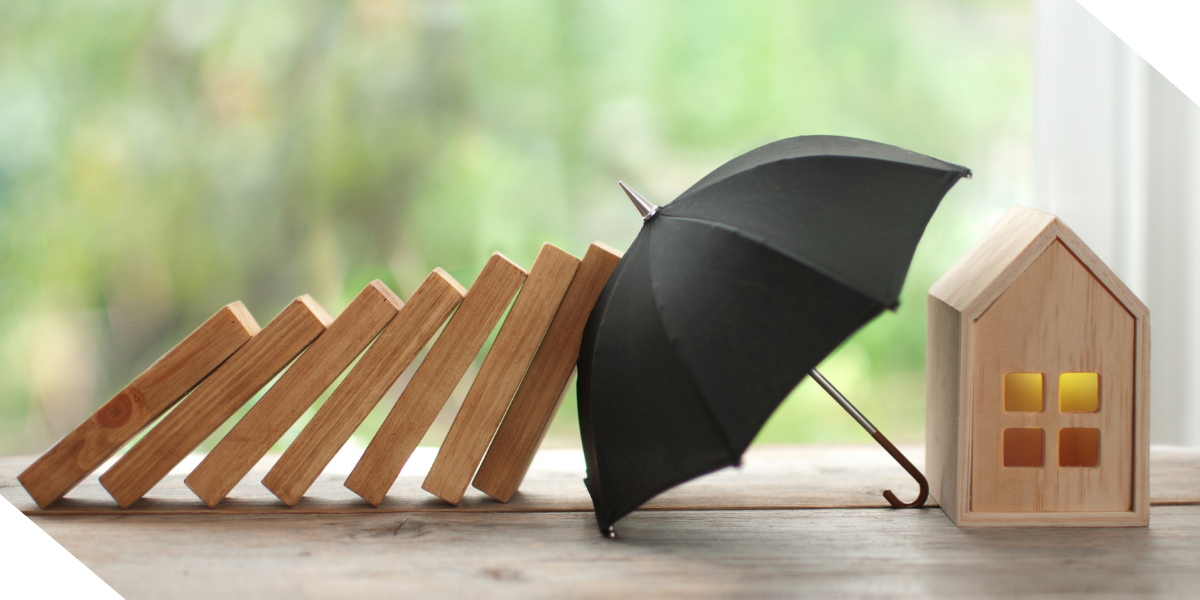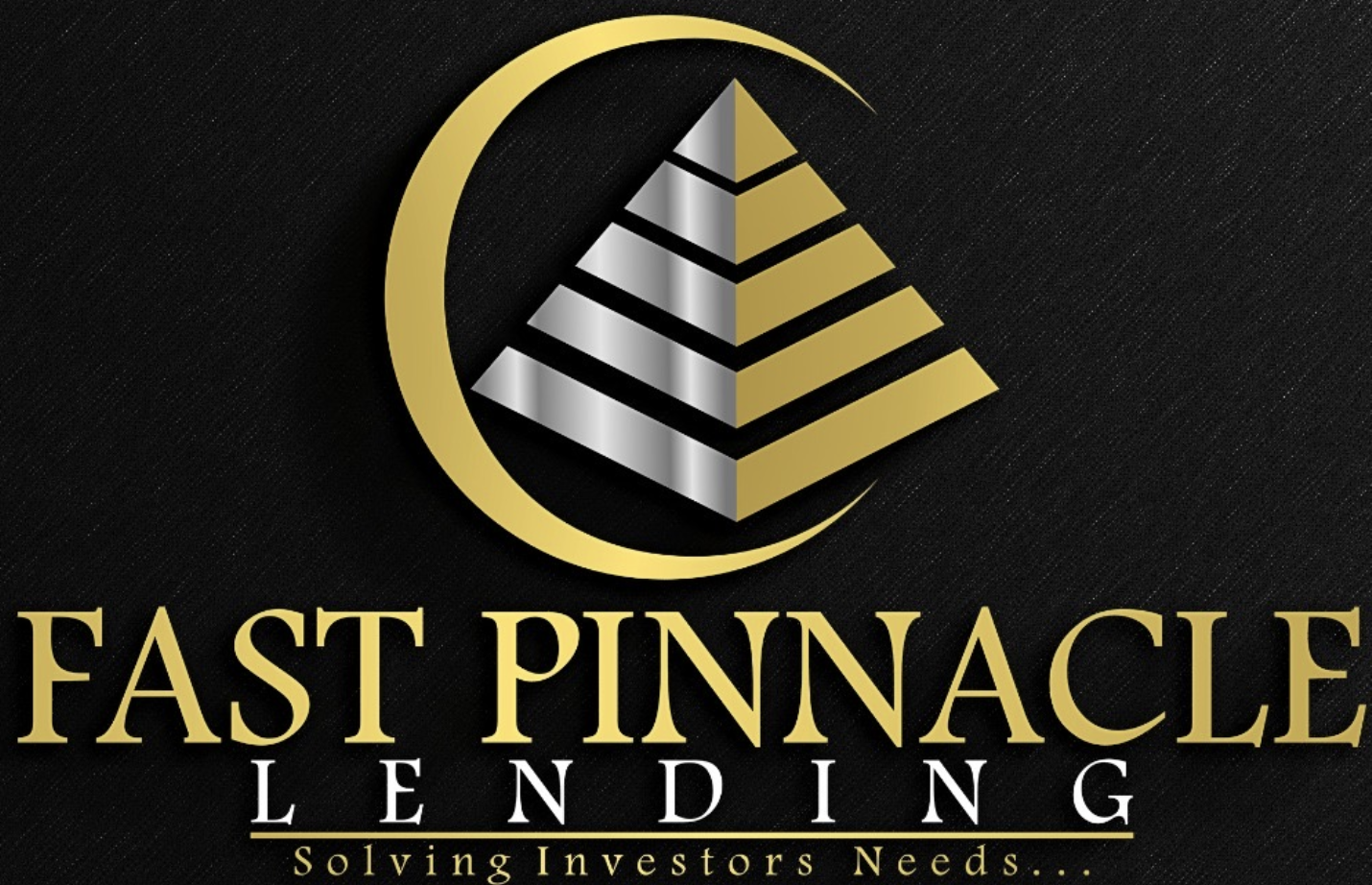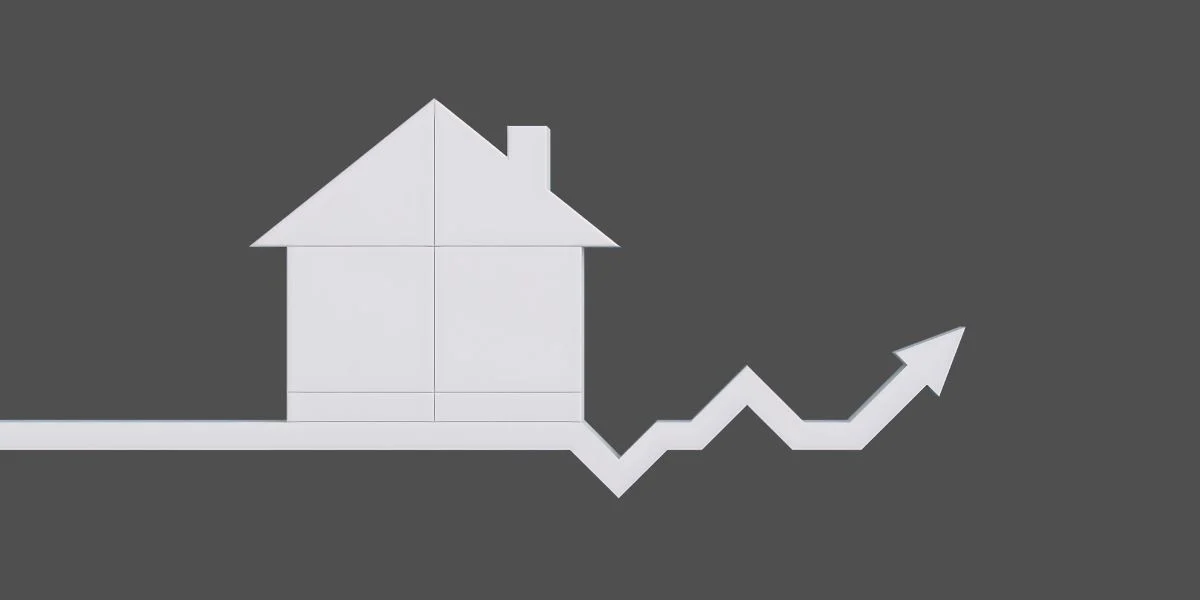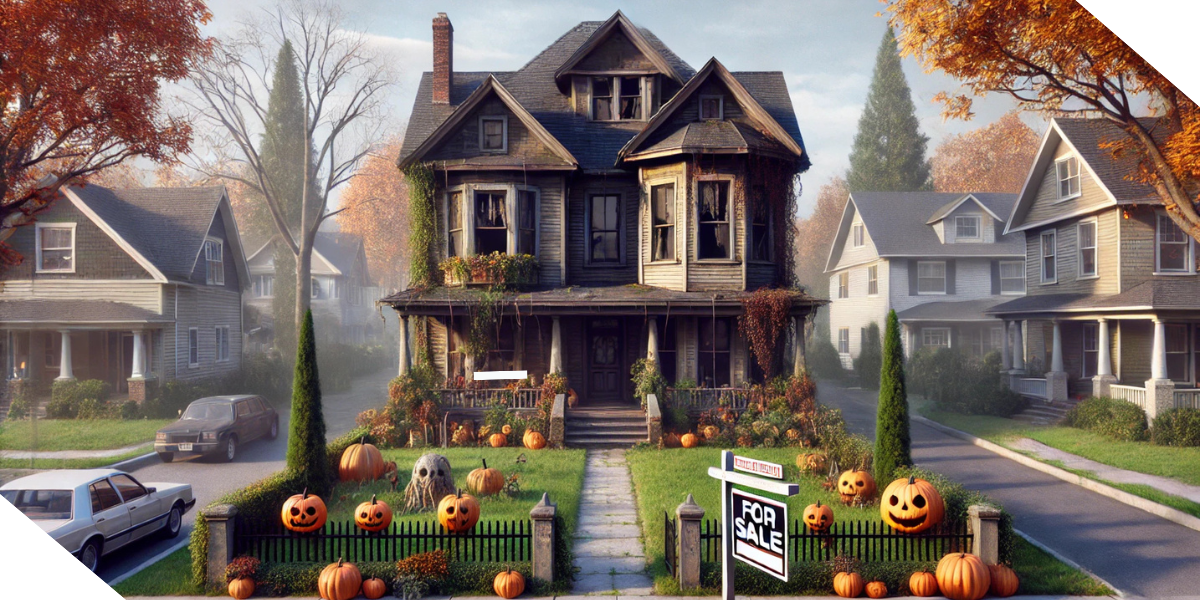Get ready to unlock the secrets of real estate investing tips, where financial rewards meet…
Hazard Insurance in Fix and Flip: Key Strategies for REIs

A recent 2Q24 Fix and Flip Survey by John Burns Research and Consulting revealed that 48% of real estate investors face issues with hazard insurance affecting property acquisitions, while 46% encounter challenges during sales. In areas like Florida and Southern California, these percentages climb above 70%.
Instead of avoiding lucrative markets, real estate investors can employ strategic measures to mitigate the impact of hazard insurance on their fix and flip ventures. Let’s explore the best practices to overcome this obstacle.
1. Understanding the Local Insurance Landscape
Before investing in a fix and flip property, research the local hazard insurance market thoroughly. Disaster-prone areas such as California and Florida come with unique risks and regulations, making it vital for real estate investors to anticipate potential insurance costs.
For instance, properties in California’s wildfire-prone zones may require coverage through the California FAIR Plan, which often carries higher premiums. Evaluating these factors early allows investors to adjust their financial models and avoid unwelcome surprises.
2. Make Insurance-friendly Upgrades to Fix and Flip Properties
To lower insurance premiums and boost the appeal of your property, consider strategic upgrades. Real estate investors can enhance property safety by incorporating fire-resistant materials, hurricane-resistant windows, or stormproofing.
For example, upgrading a roof with fire-resistant materials in wildfire-prone areas can reduce insurance costs for potential buyers. These improvements make the property more marketable and may even increase its resale value.
3. Leverage Local Incentives to Offset Insurance Costs
Explore state and local programs that offer tax rebates or financial incentives for hazard-resistant upgrades. For instance:
- California provides subsidies for installing solar panels.
- Florida offers rebates for hurricane-proofing homes.
These incentives can significantly offset upfront costs while making your fix and flip properties more insurable and attractive to buyers. Conduct a location-specific search for available programs before planning upgrades.
4. Position Properties as Resilient Investments
In regions increasingly affected by natural disasters, marketing your fix and flip property as a safe, hazard-resistant option can be a significant advantage. Highlight upgrades in your listings that mitigate risks, such as reinforced roofing, storm shutters, or advanced drainage systems.
Buyers are more likely to appreciate properties that help lower hazard insurance premiums, especially in high-risk zones. This not only improves the property’s marketability but can also justify a higher selling price.
5. Stay Ahead of Market Trends in Hazard Insurance
As climate patterns shift, even areas like the Midwest, traditionally considered low-risk, are experiencing increased disaster activity. Real estate investors should monitor these evolving trends to future-proof their fix and flip strategies.
For example, in flood-prone areas, upgrades like advanced drainage systems or elevated landscaping may soon become non-negotiable selling points. By staying proactive, you can address future insurance challenges effectively.
Conclusion
Navigating hazard insurance in fix and flip investments can feel overwhelming, but with the right strategies, real estate investors can minimize risks and maximize returns. From understanding the local insurance landscape to making smart upgrades and leveraging incentives, these steps can set you up for success in any market.
Need personalized assistance with your fix and flip investments? Our team is ready to guide you. Contact us today for expert advice tailored to your real estate investment needs.




